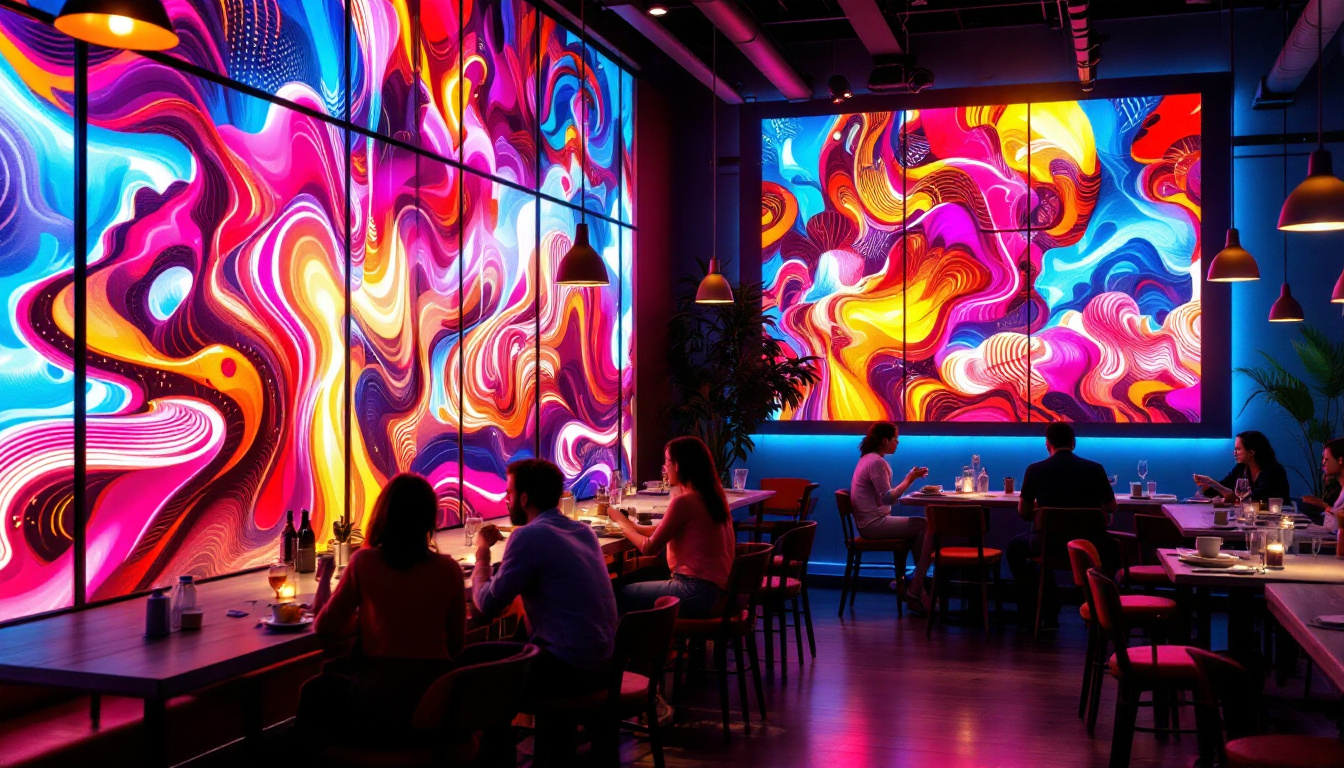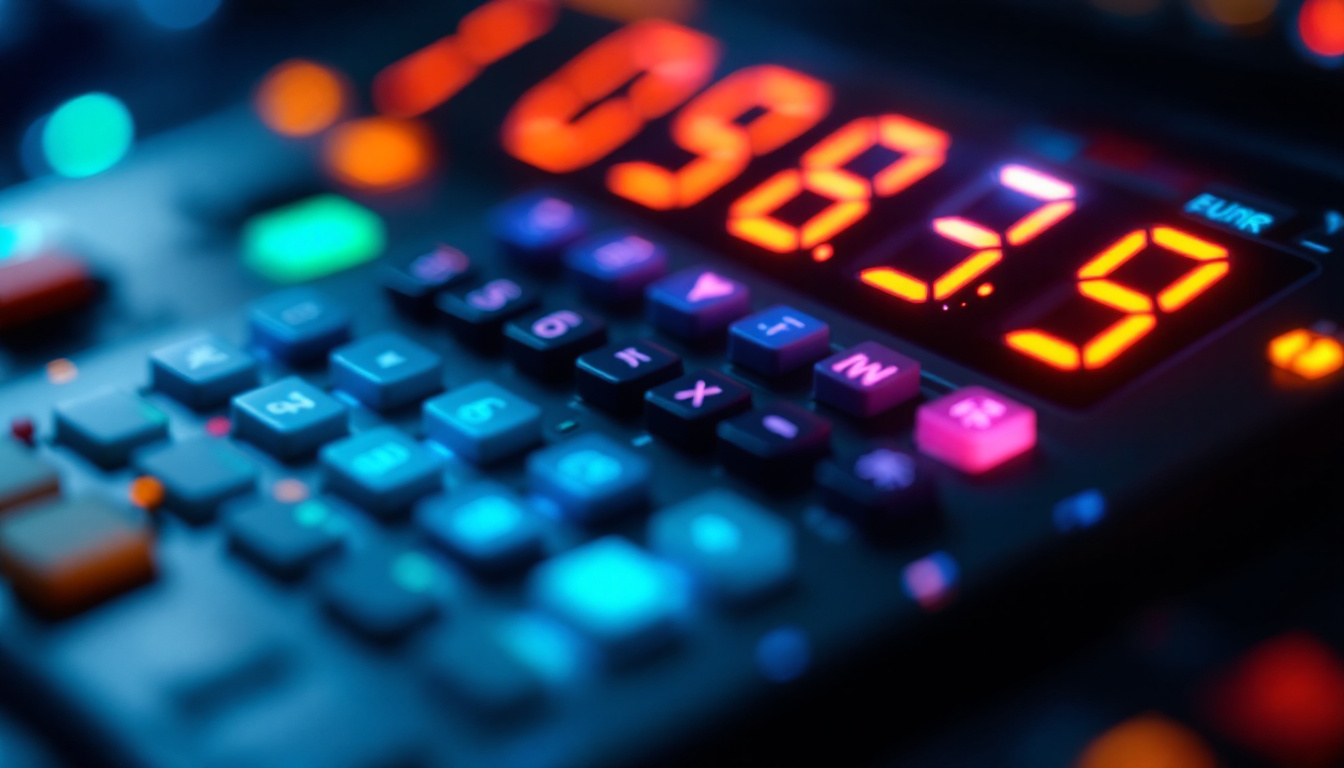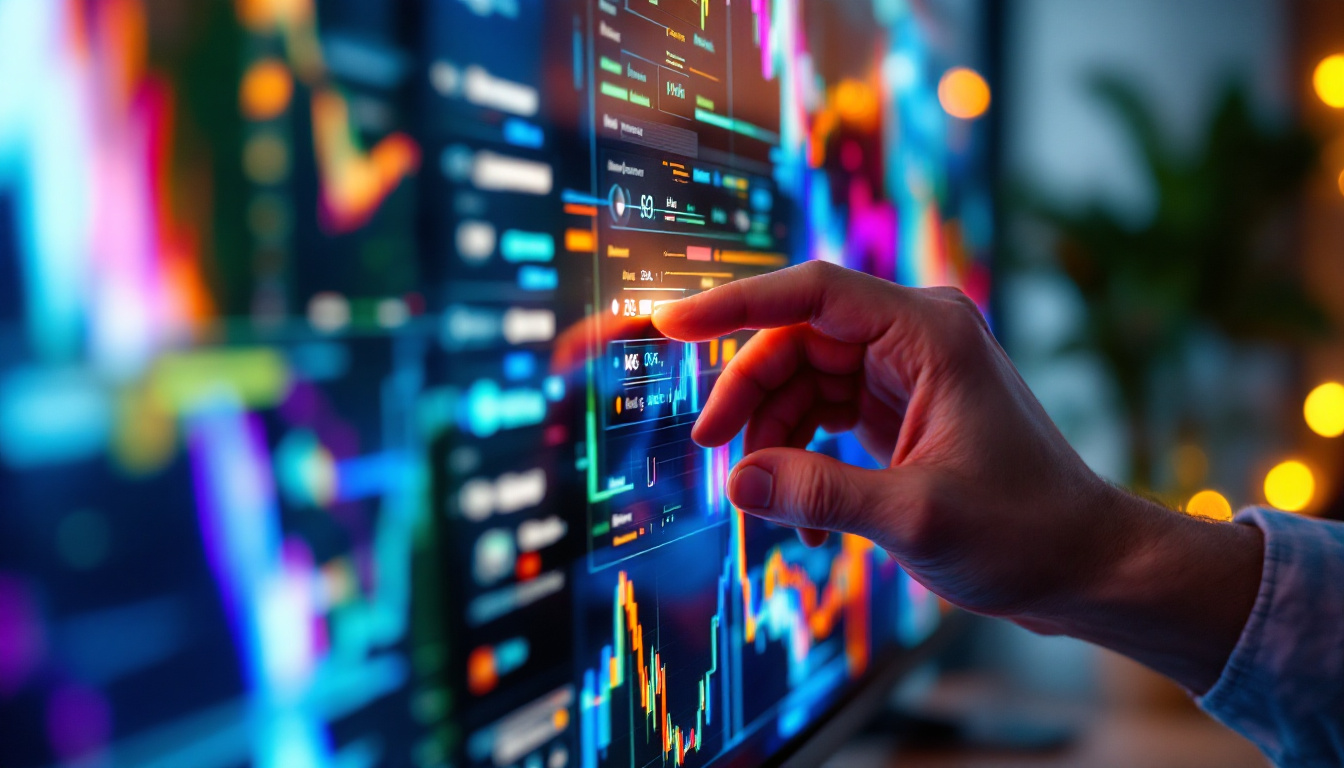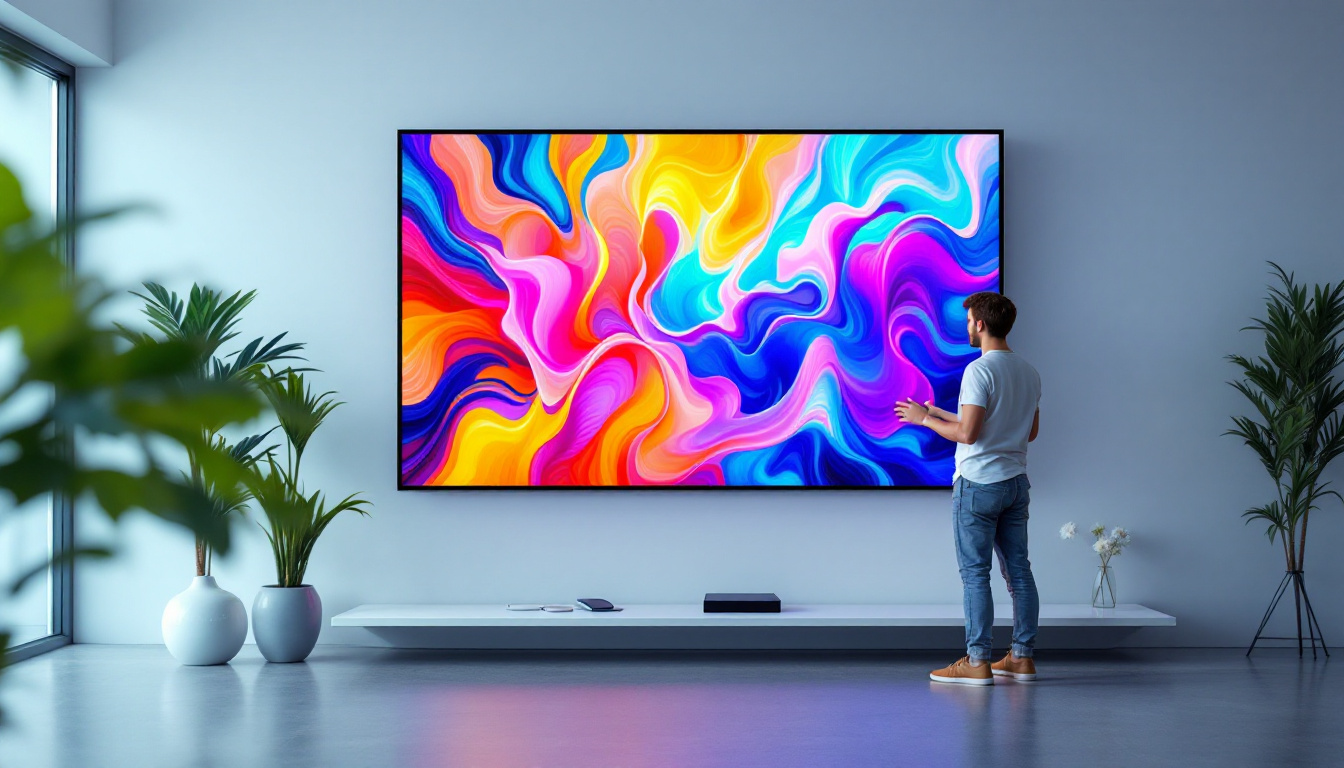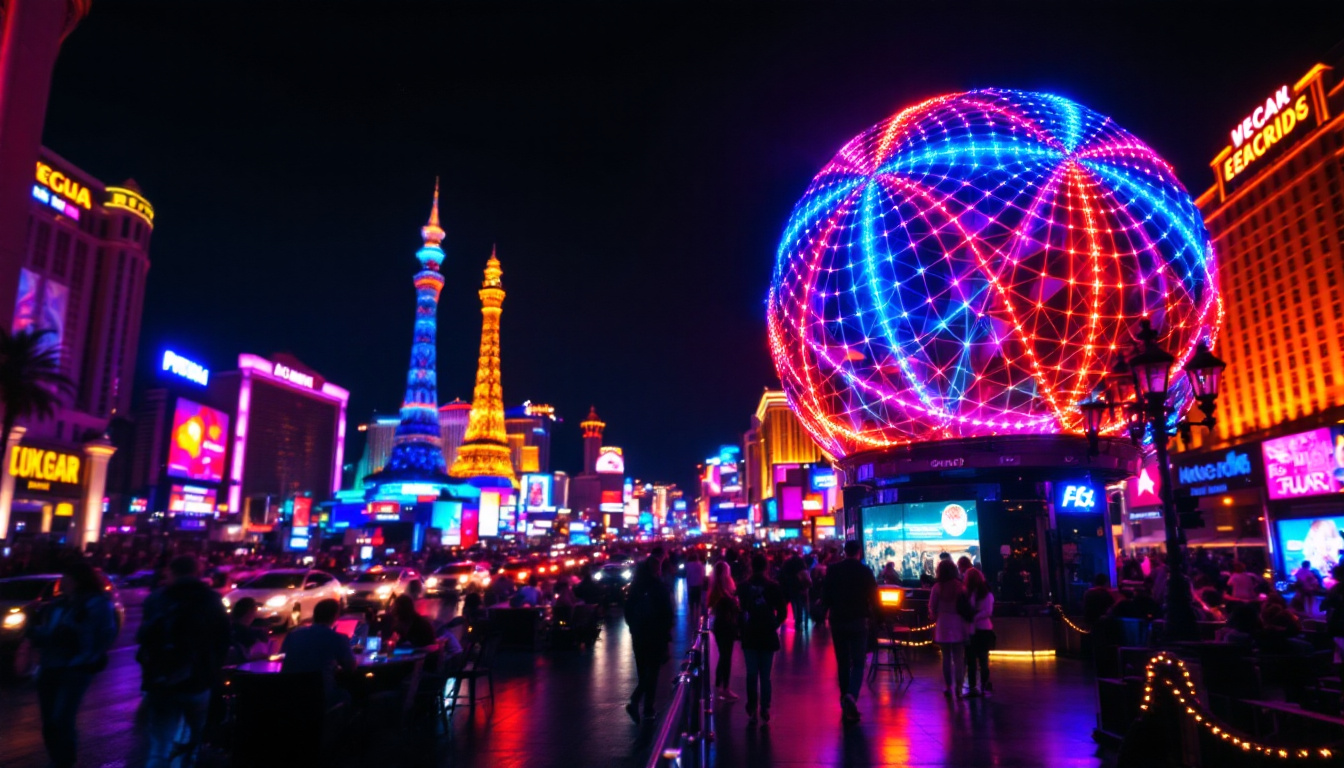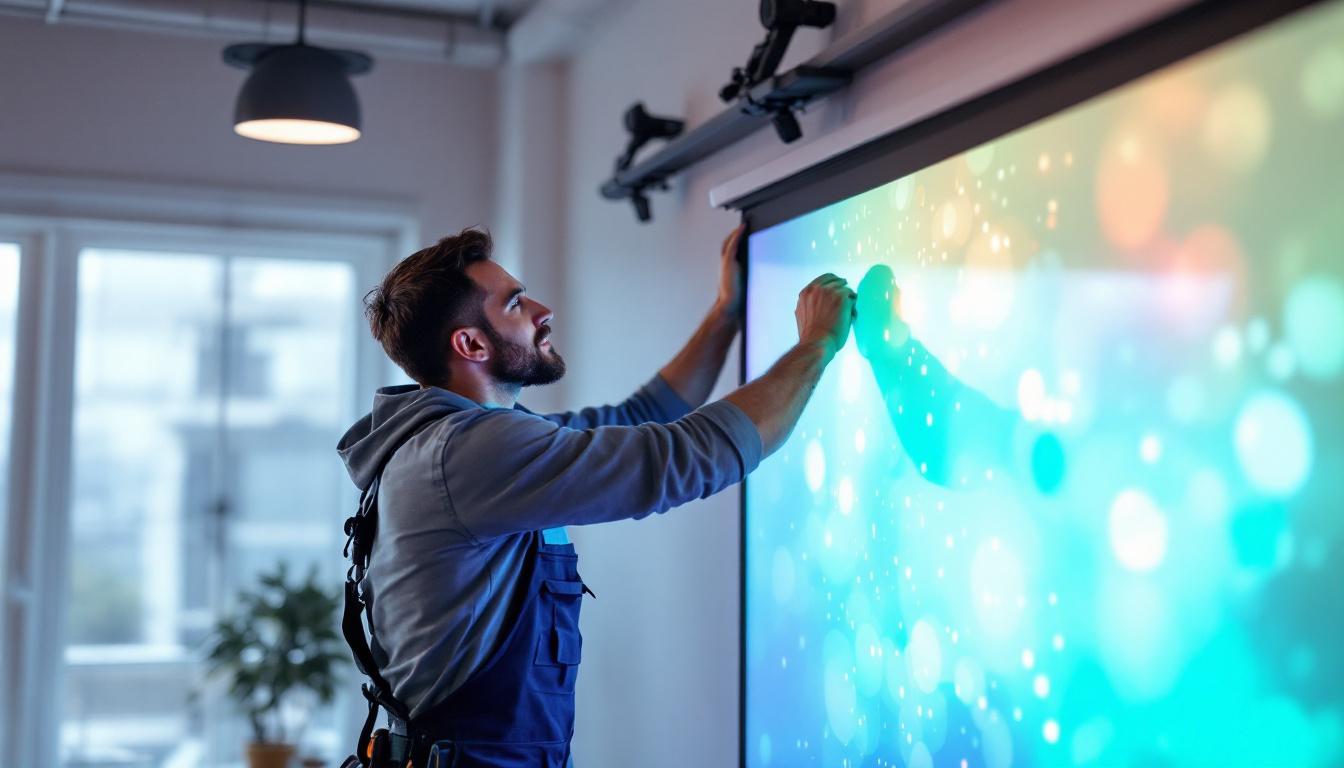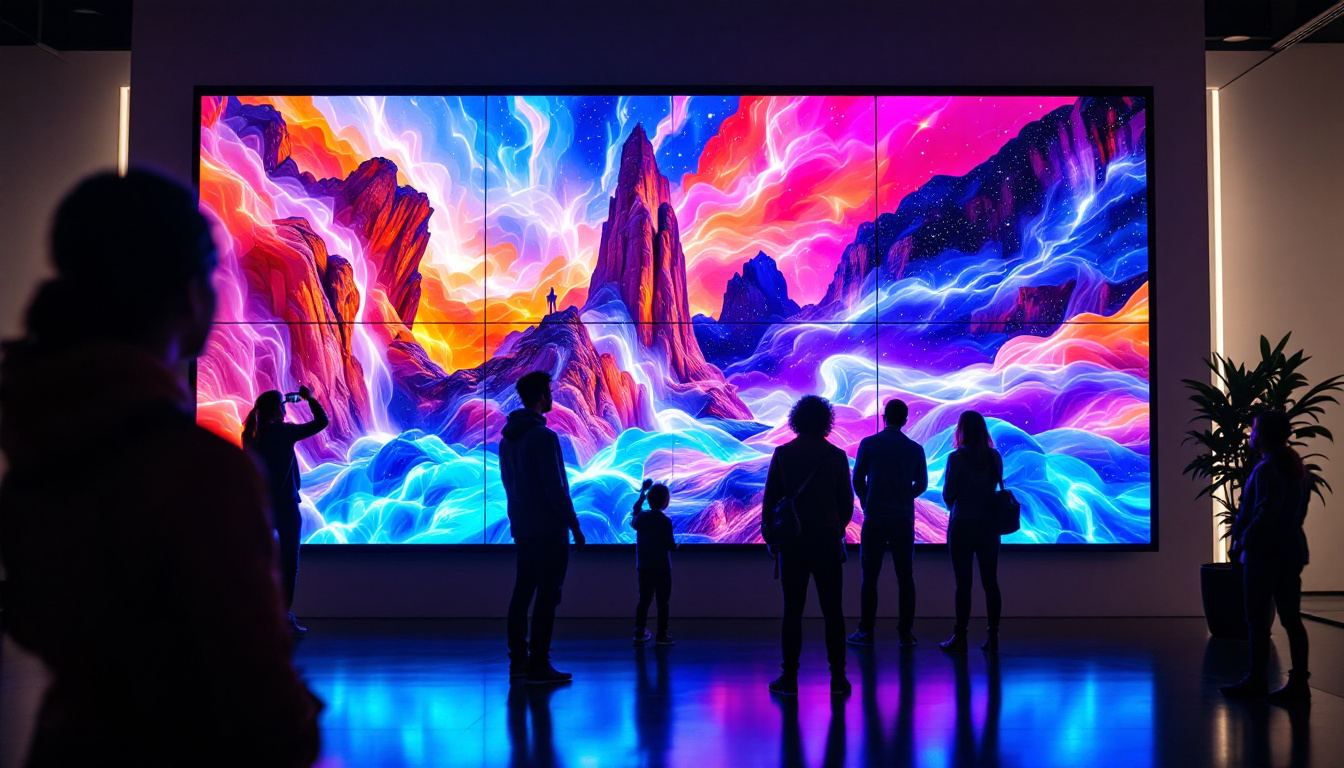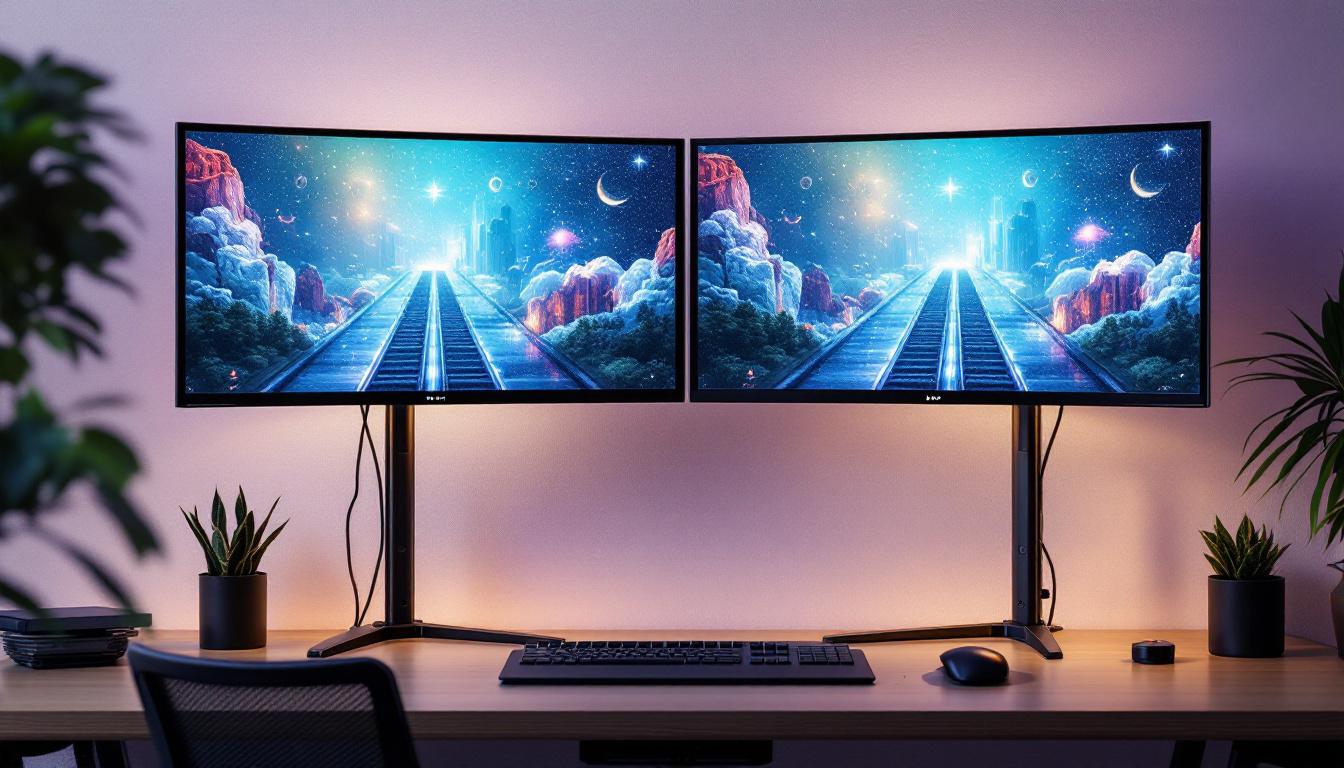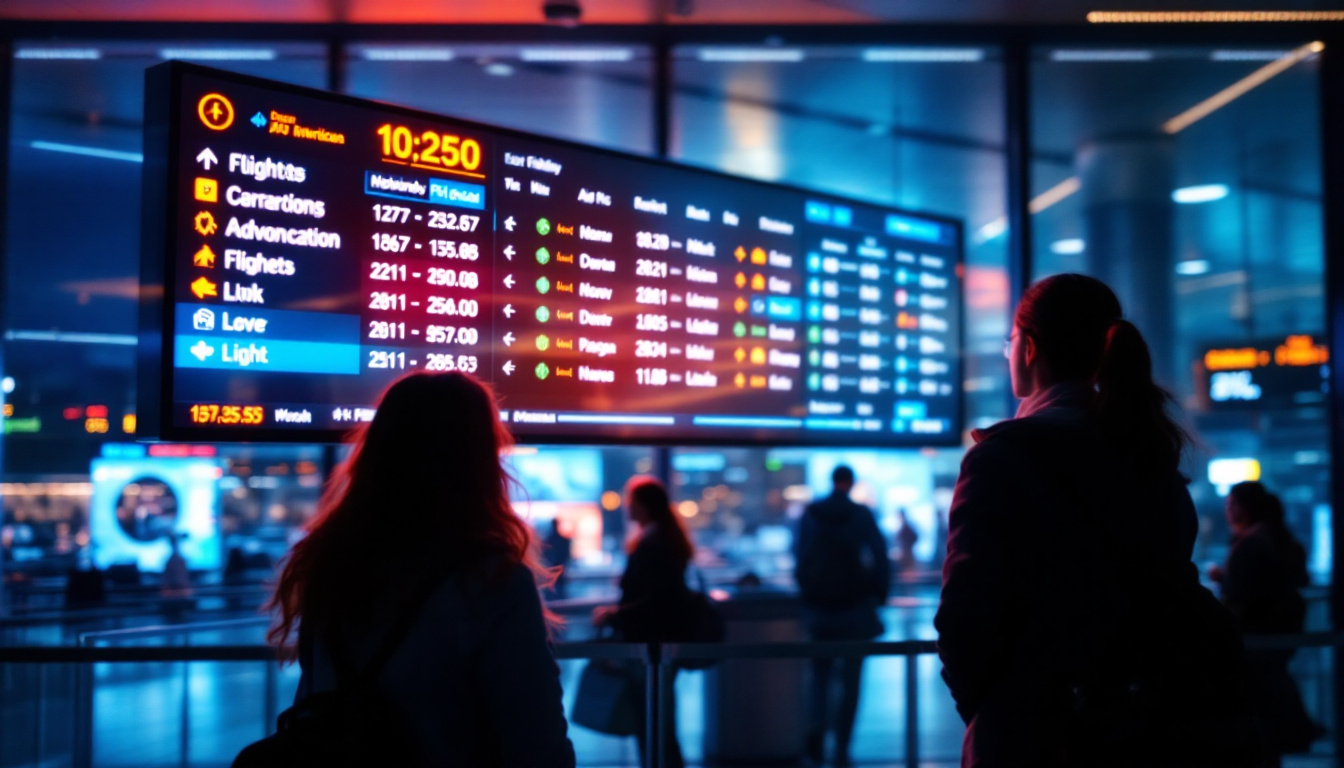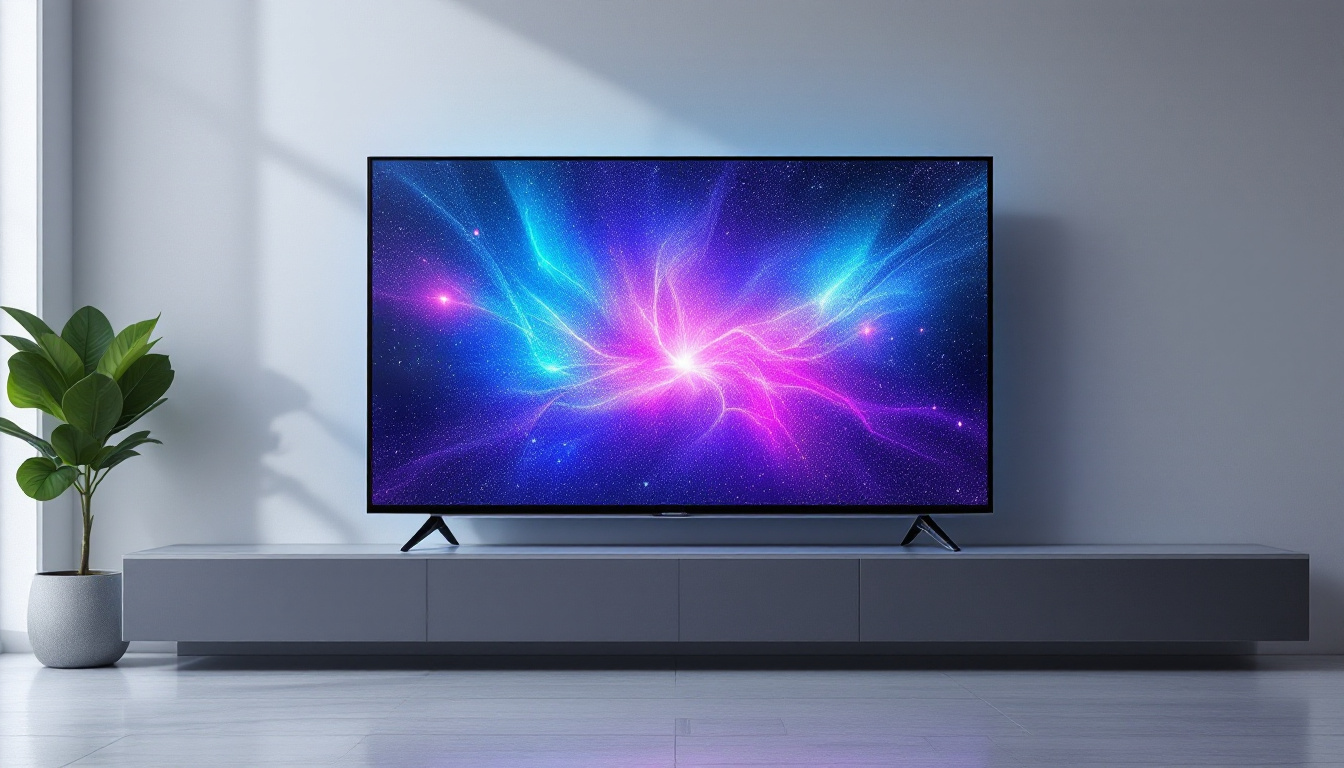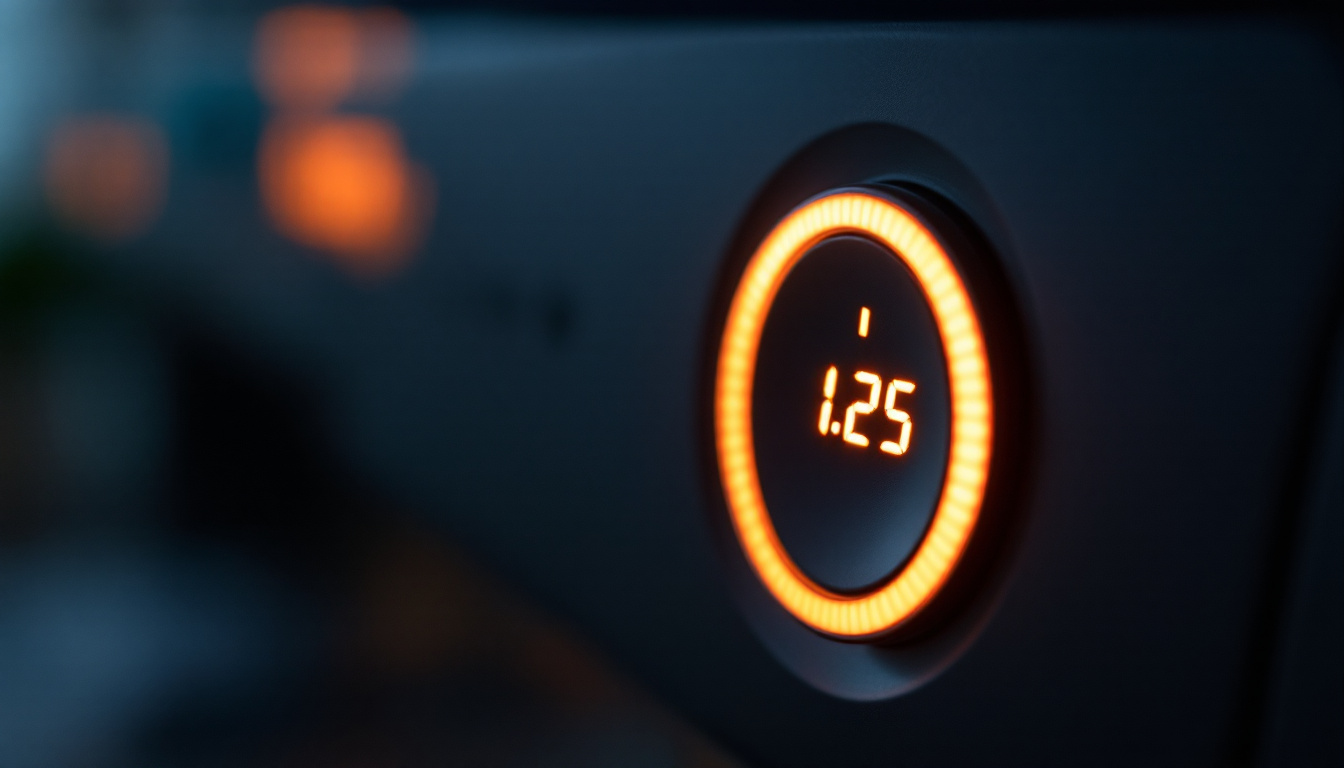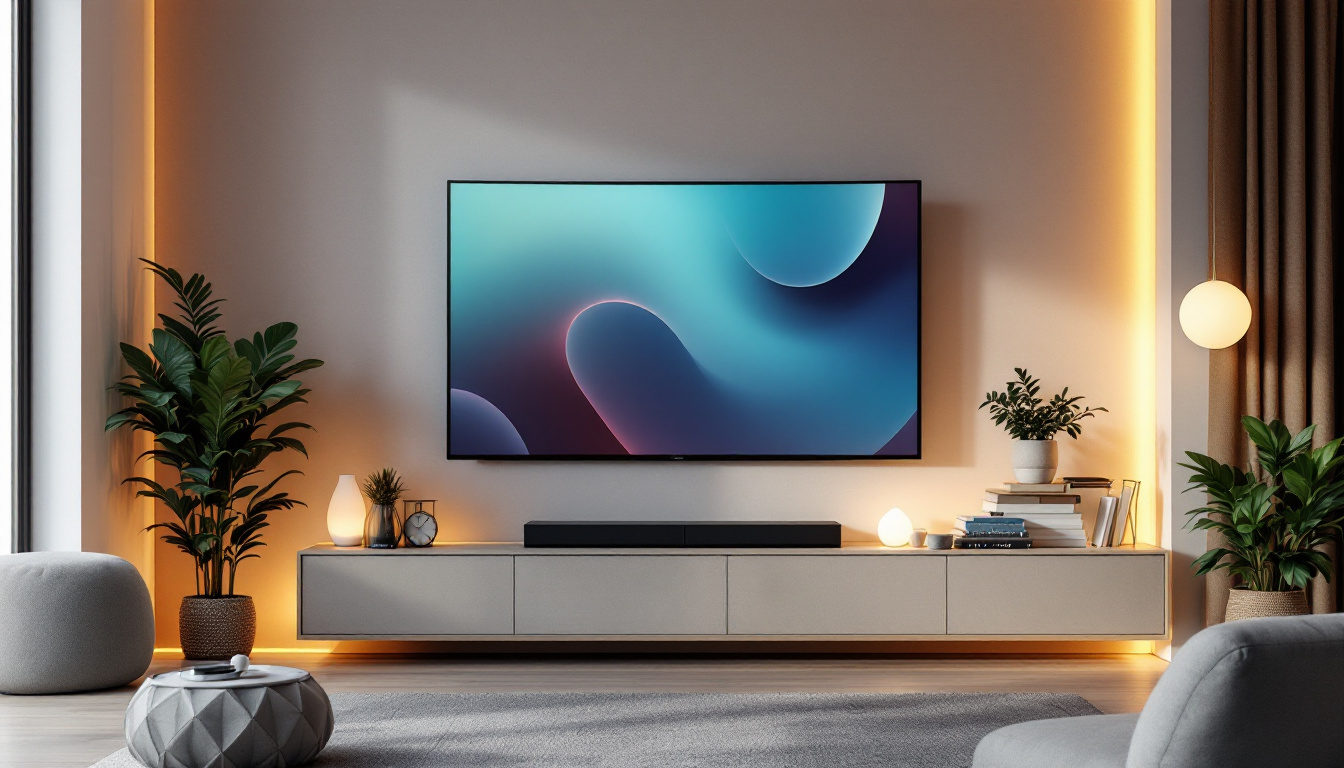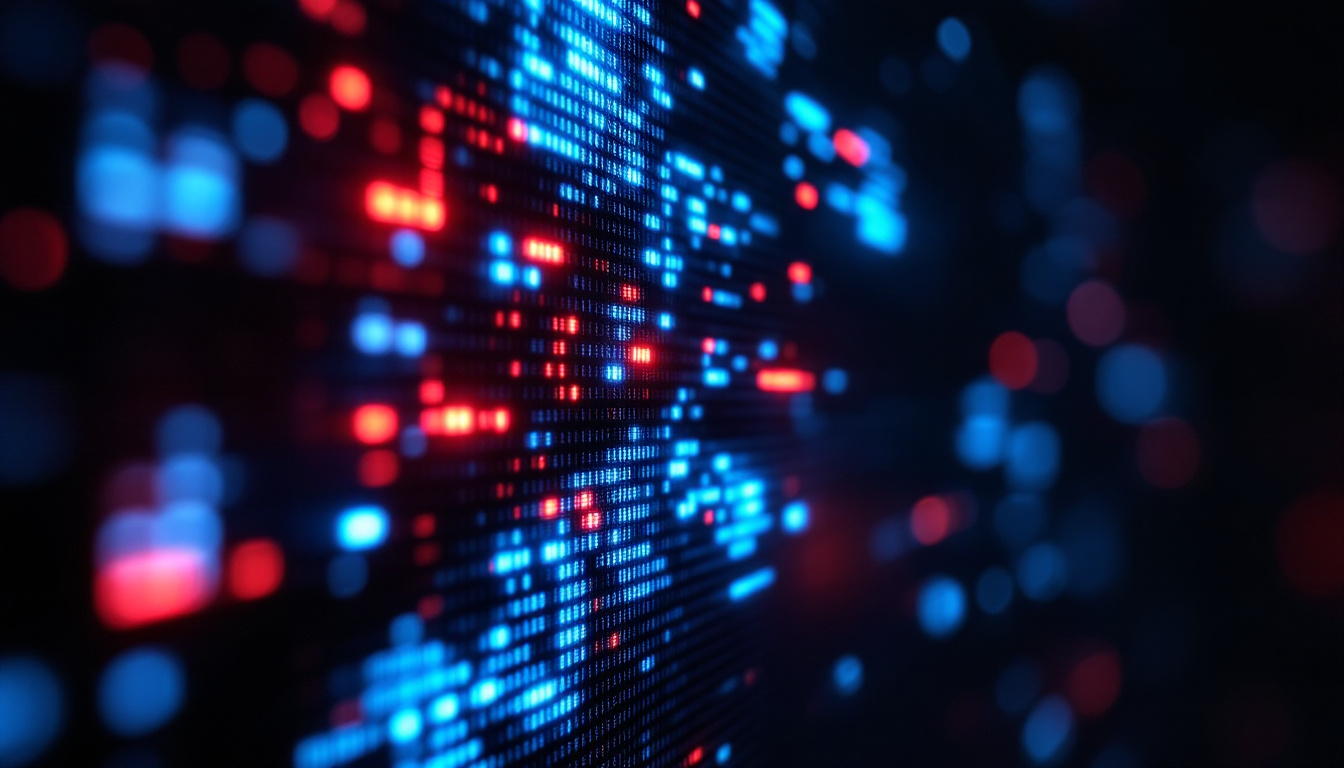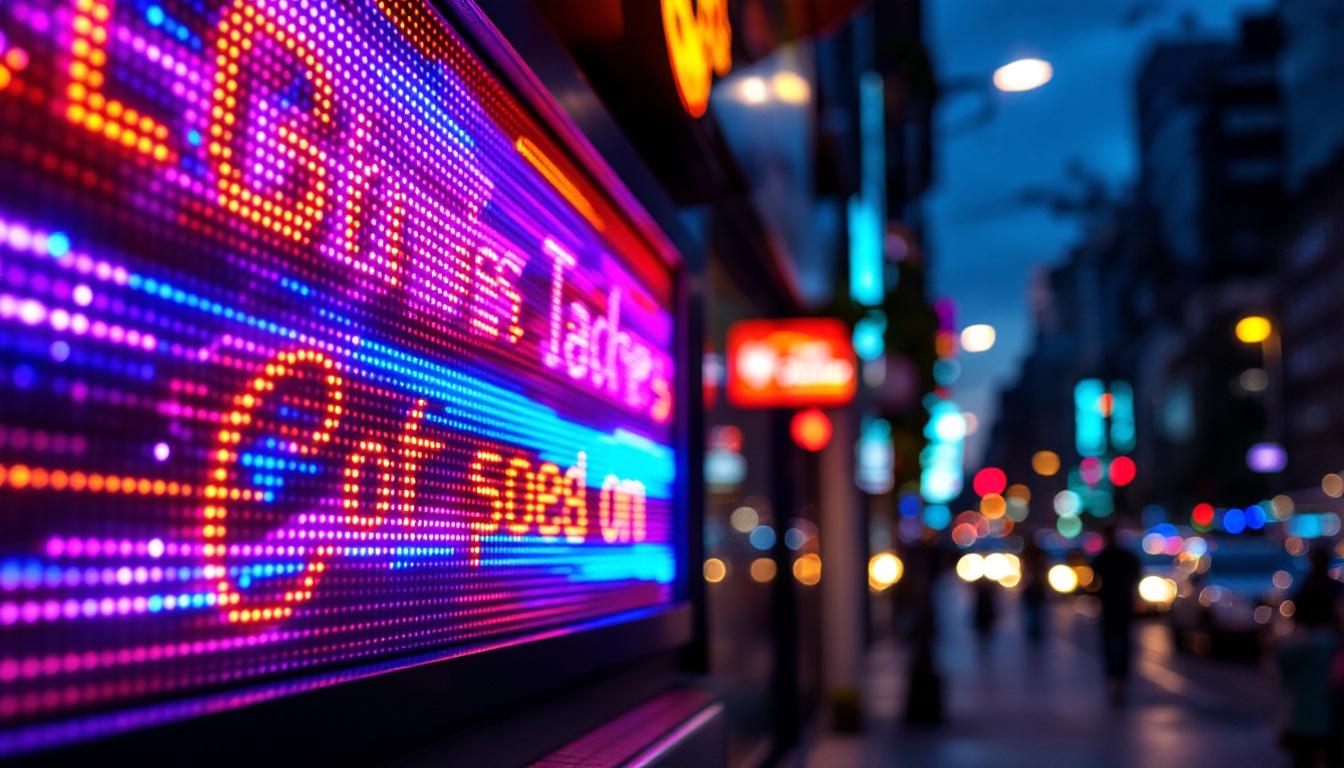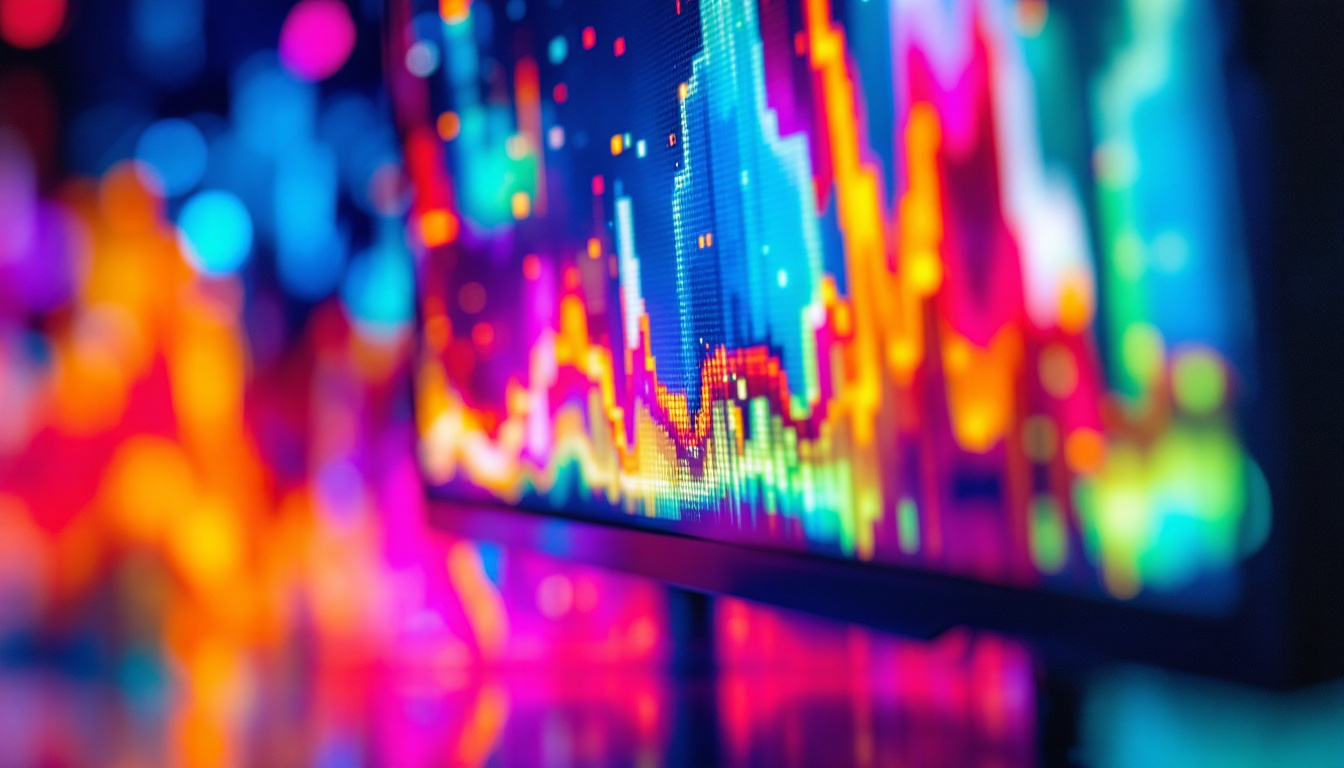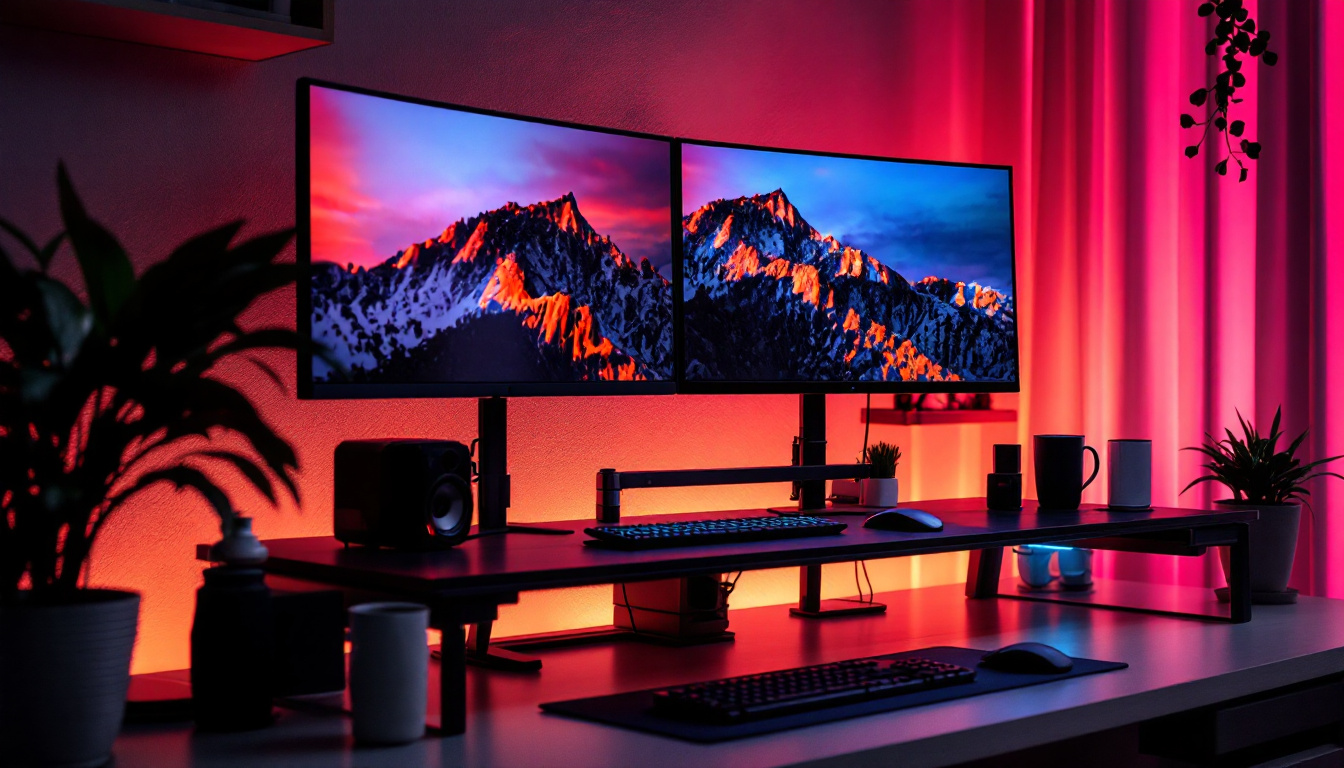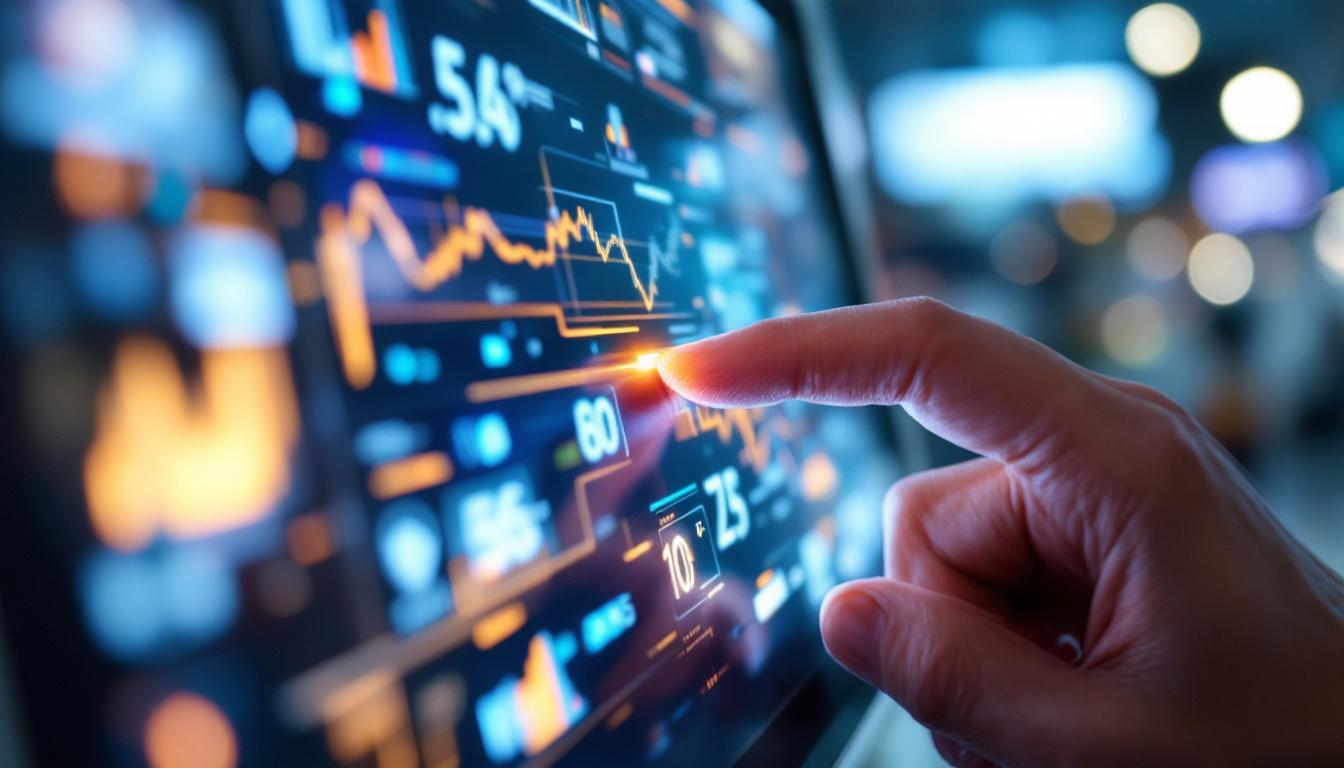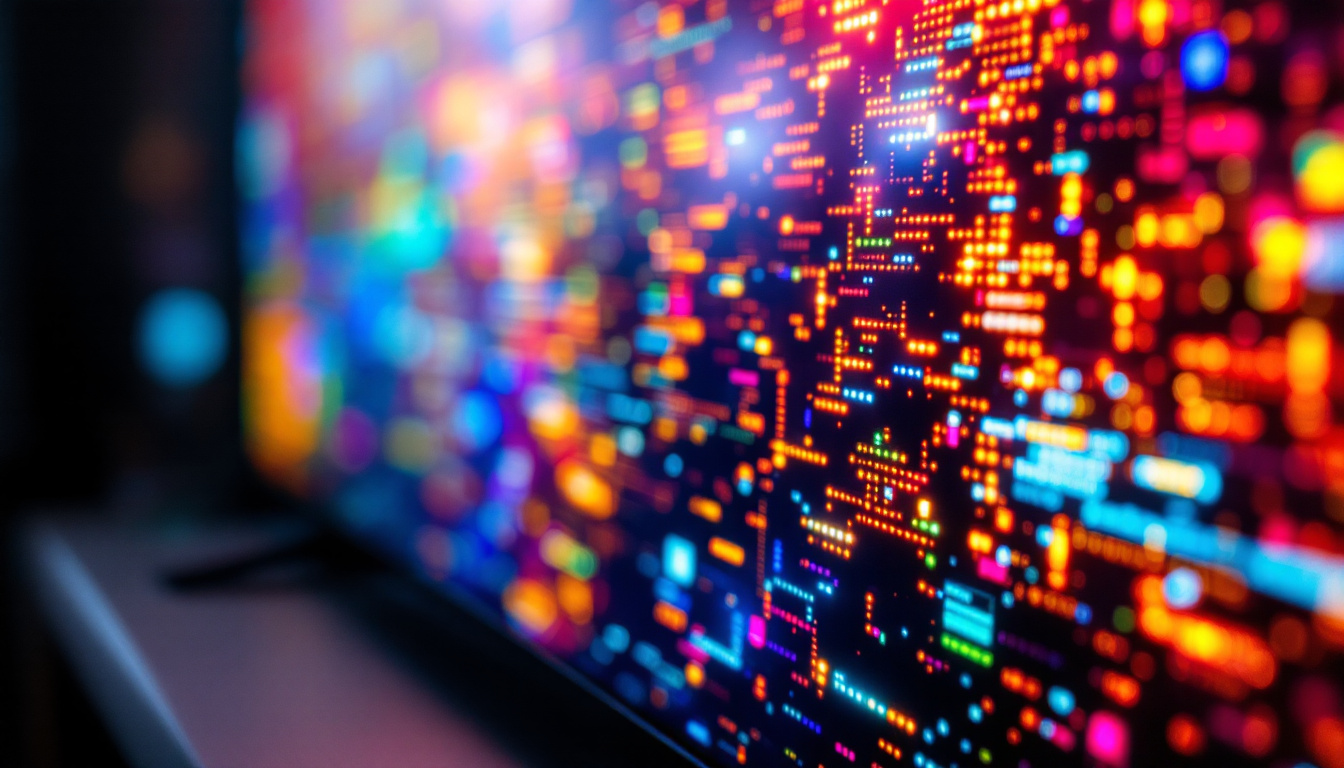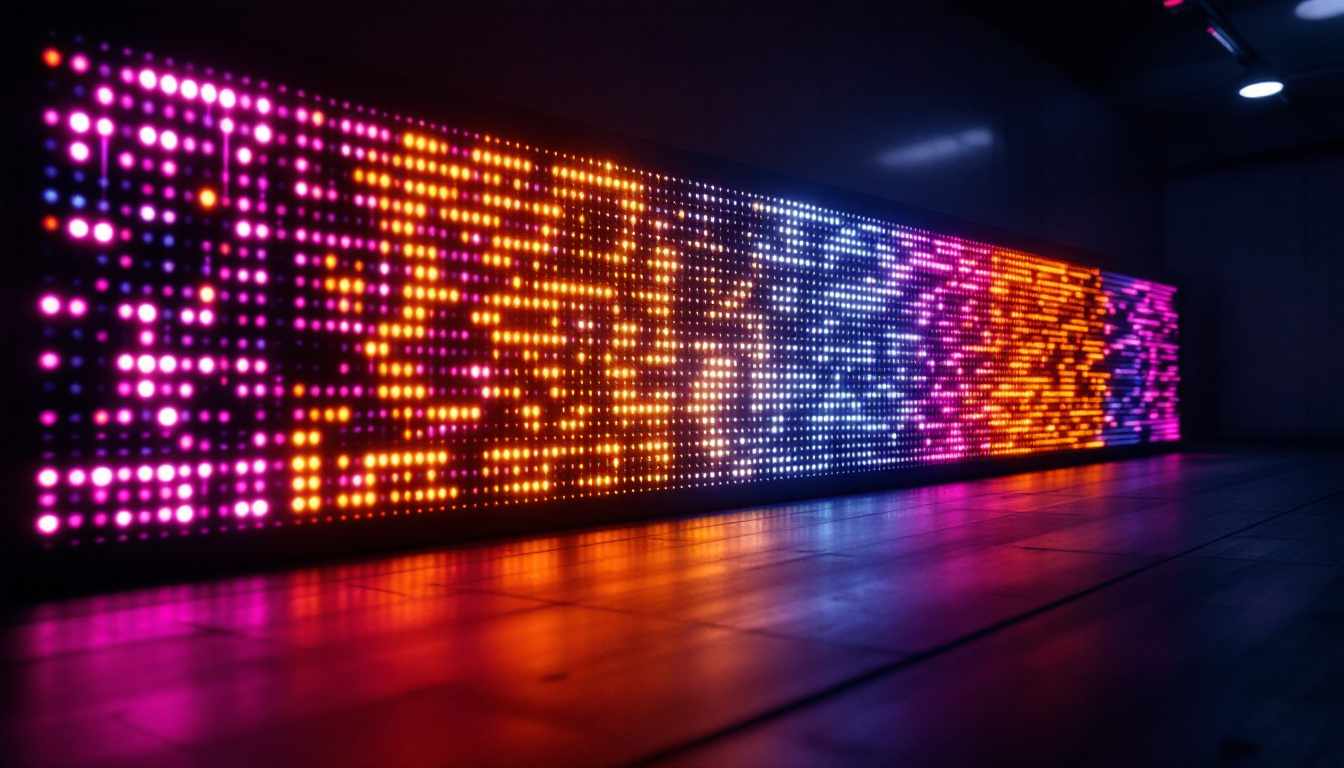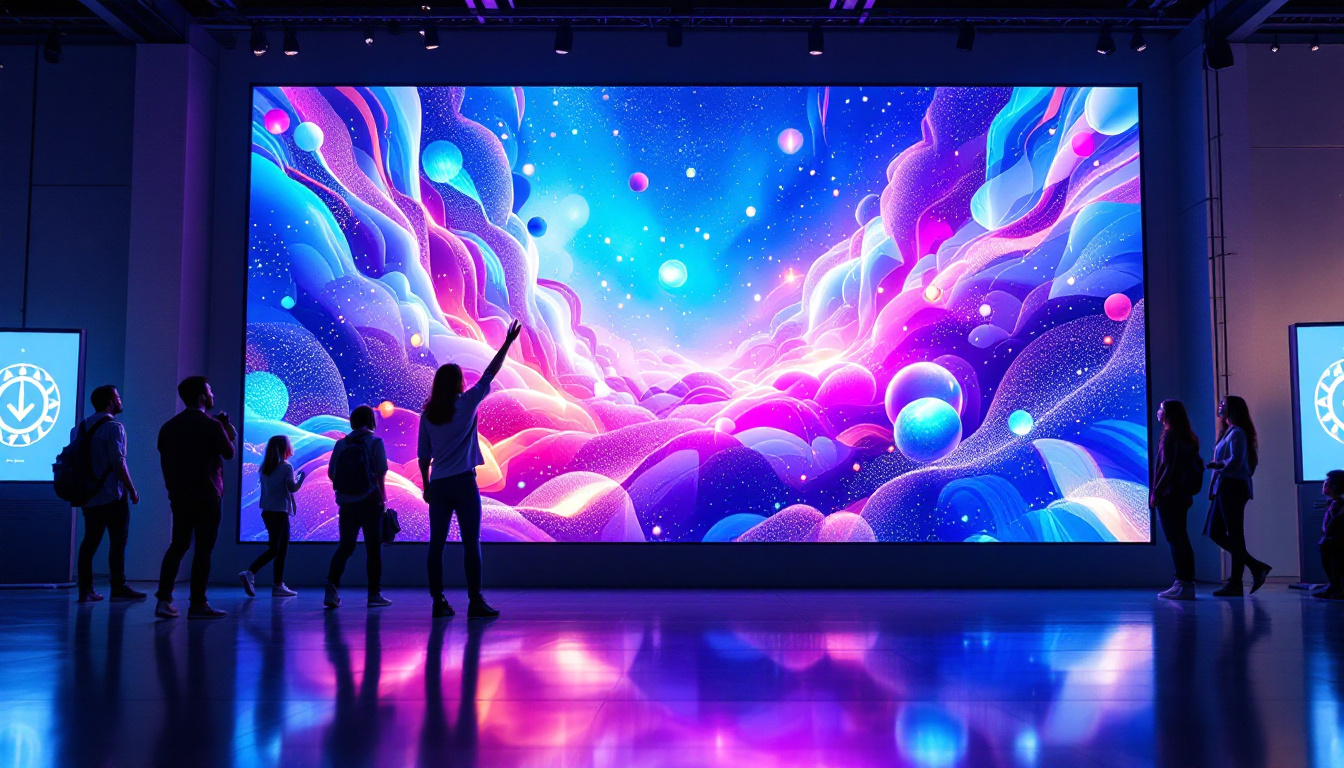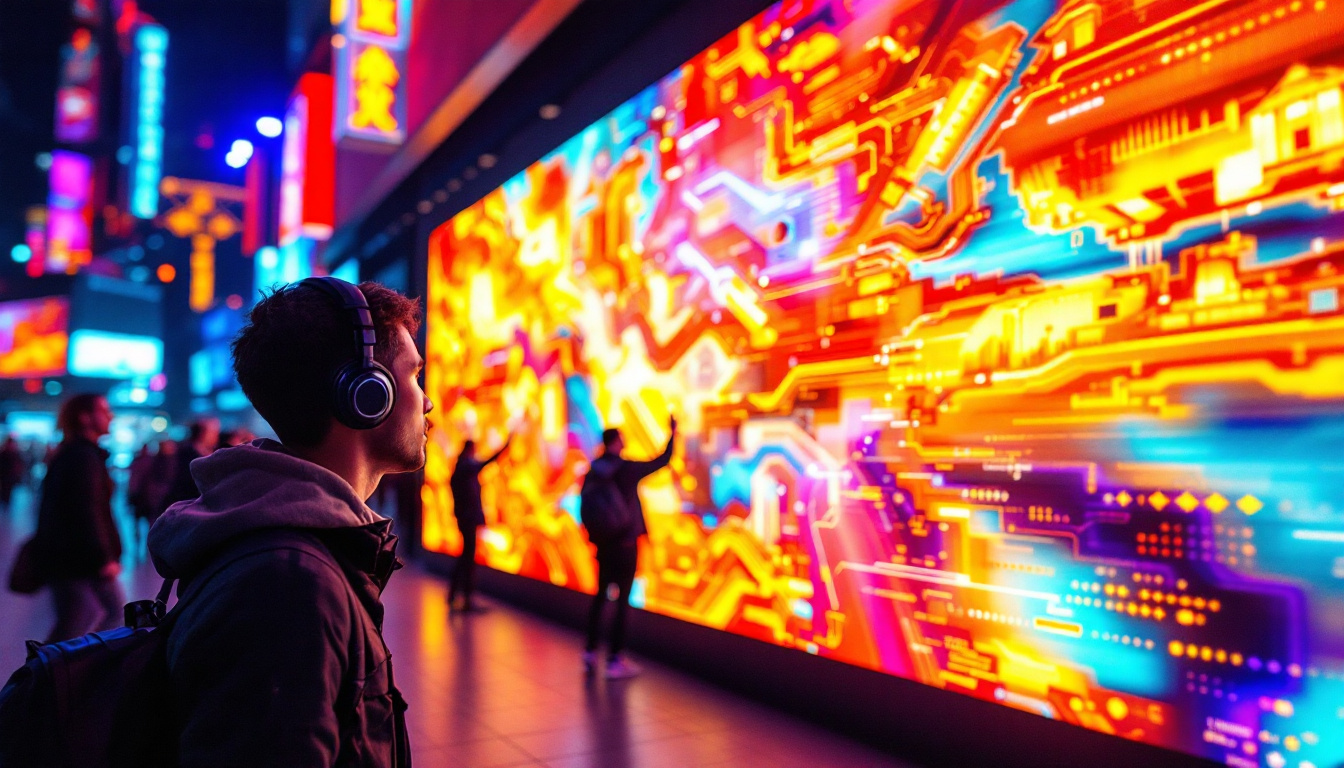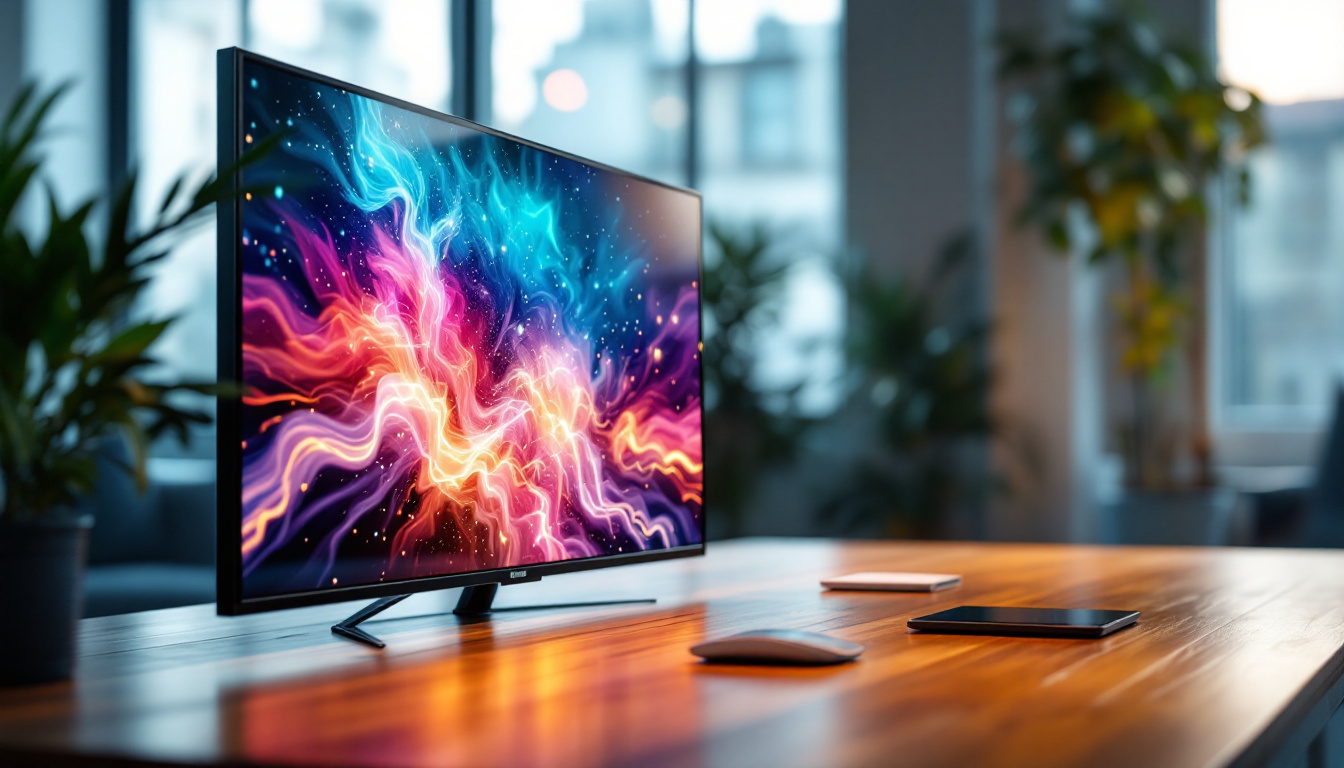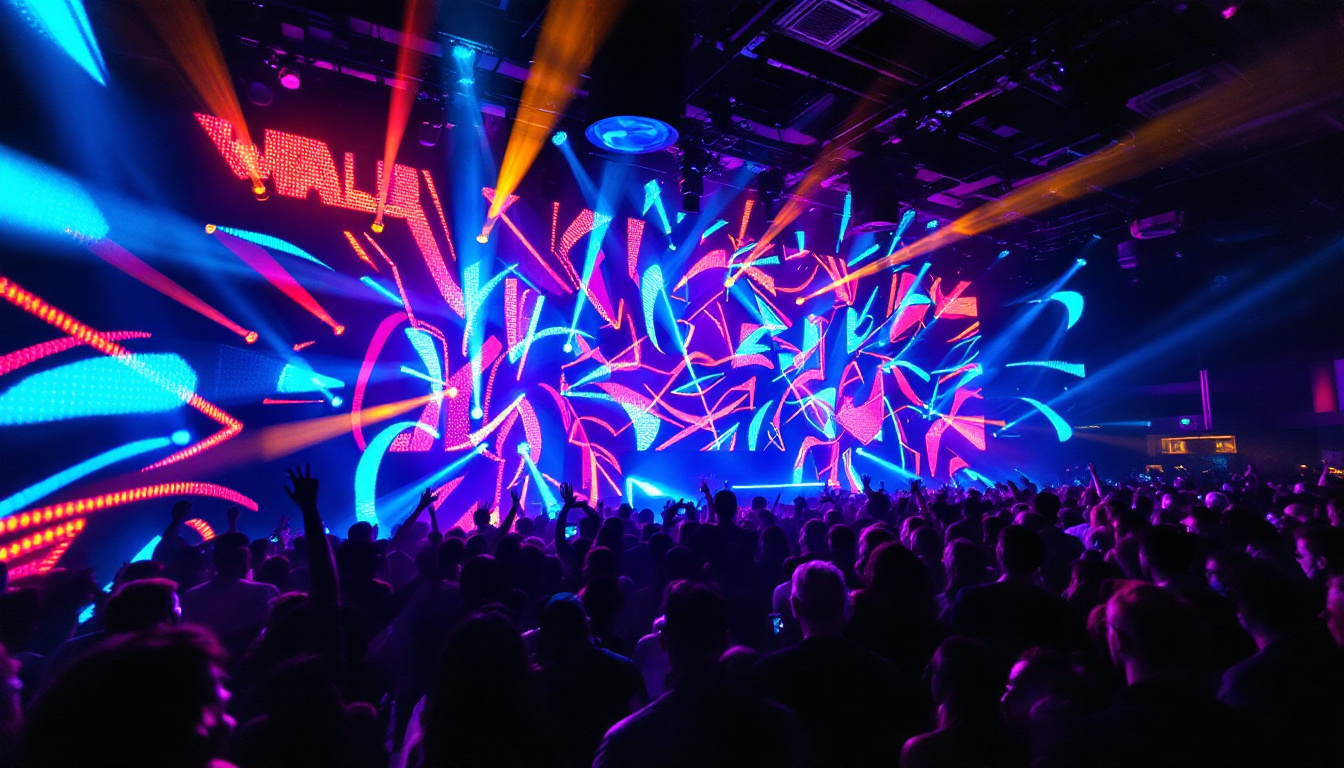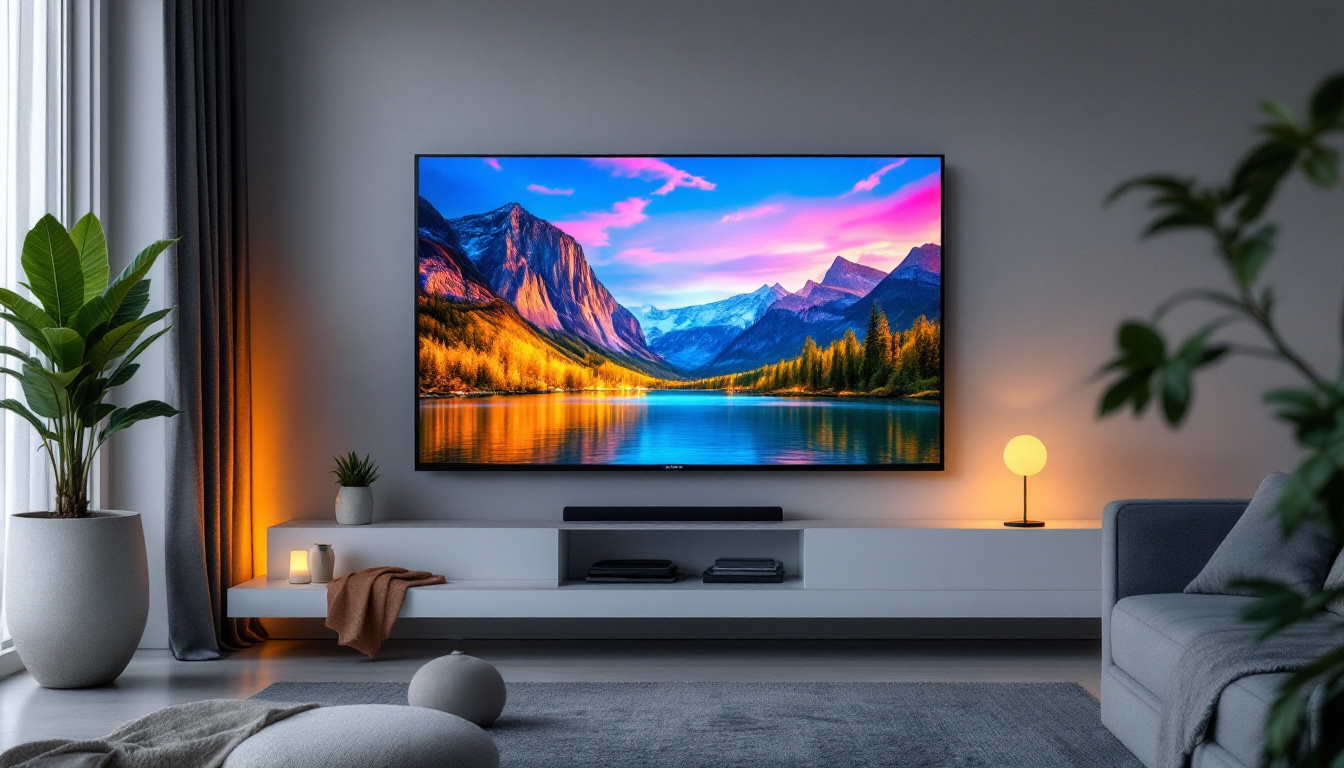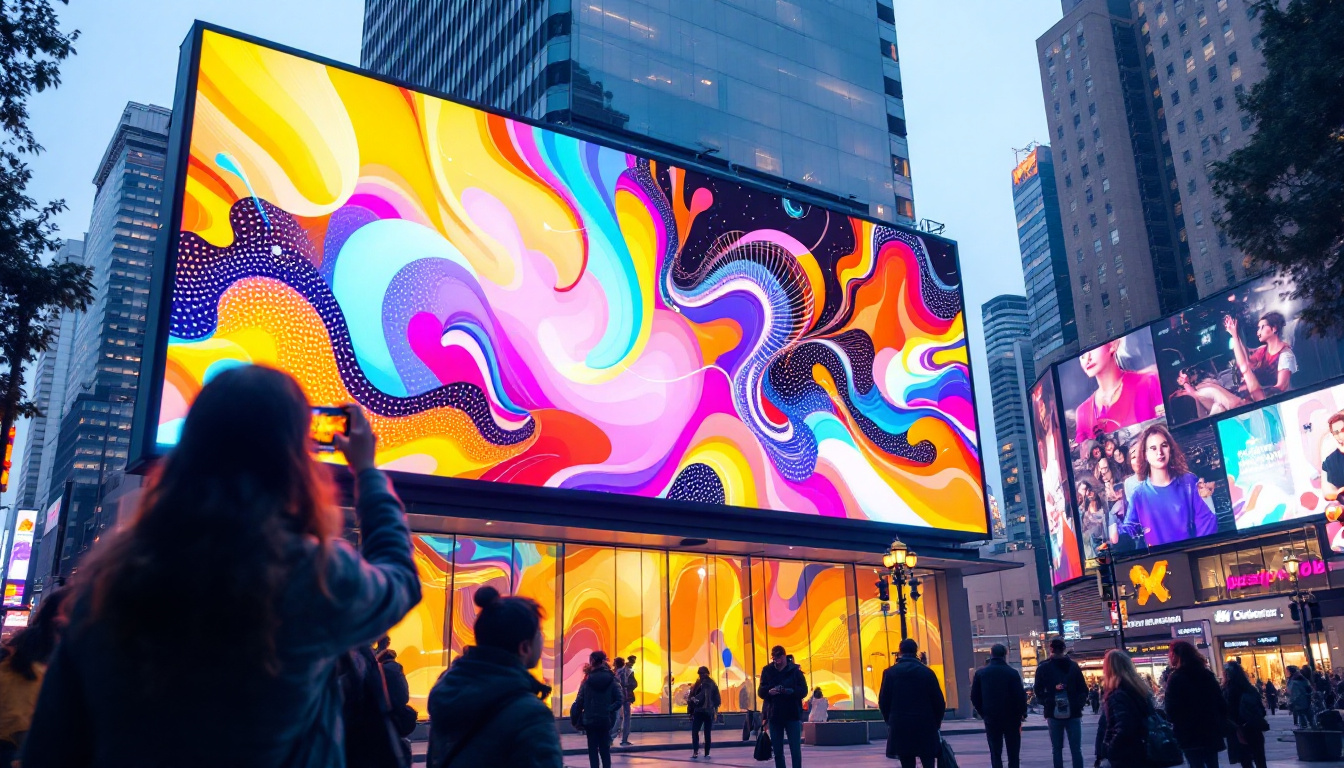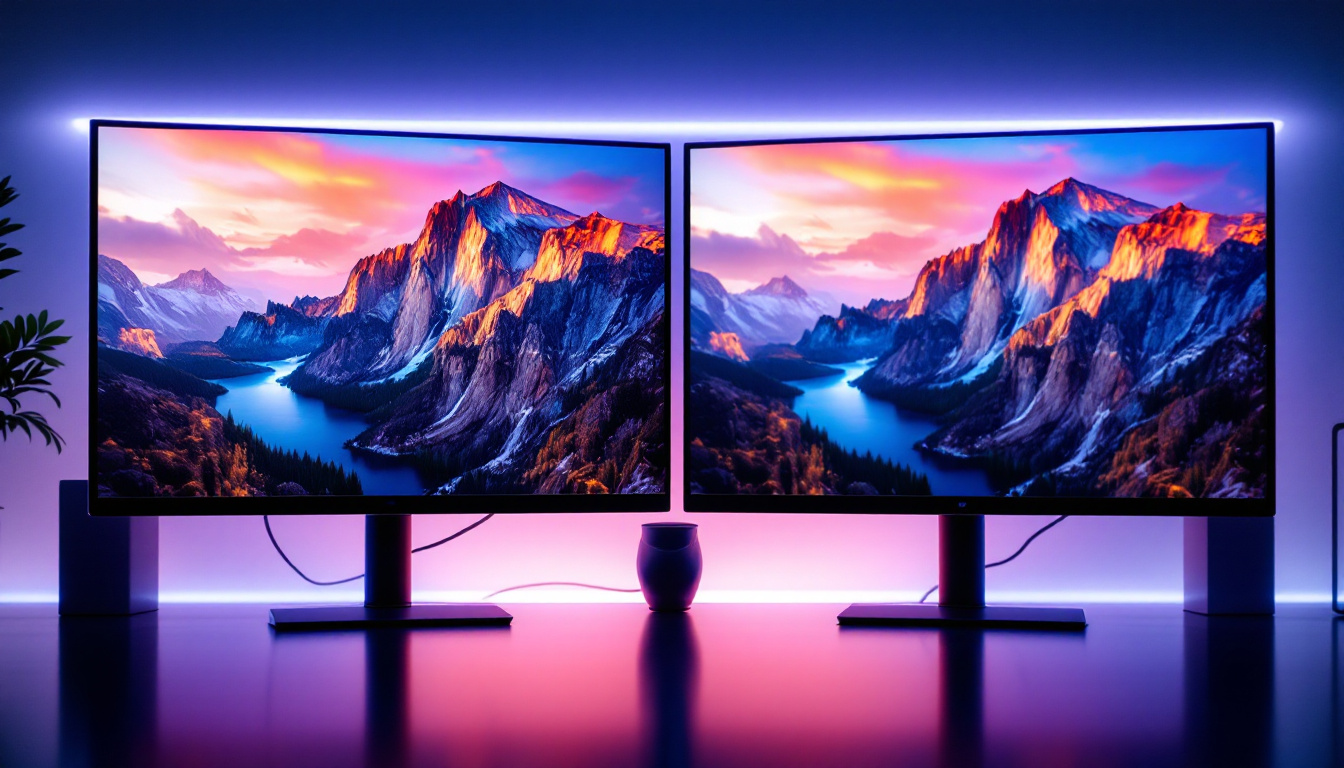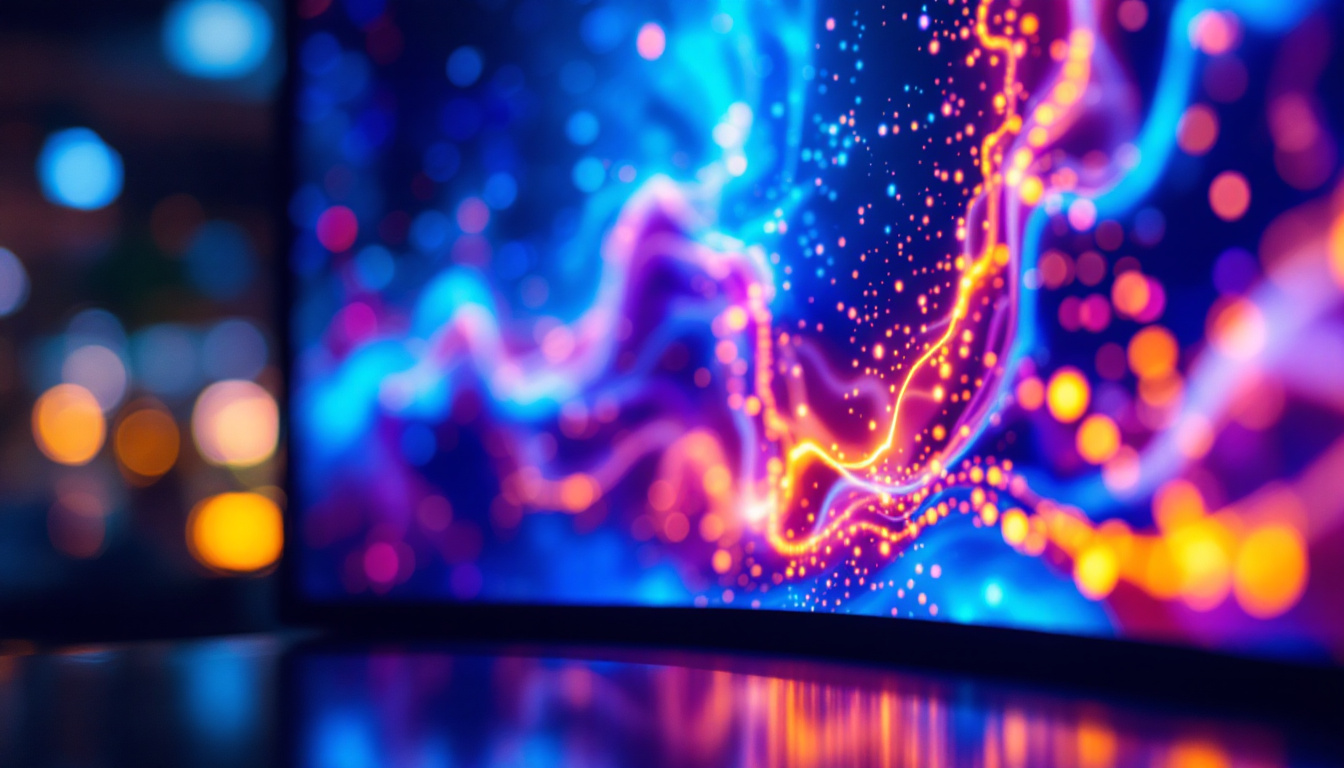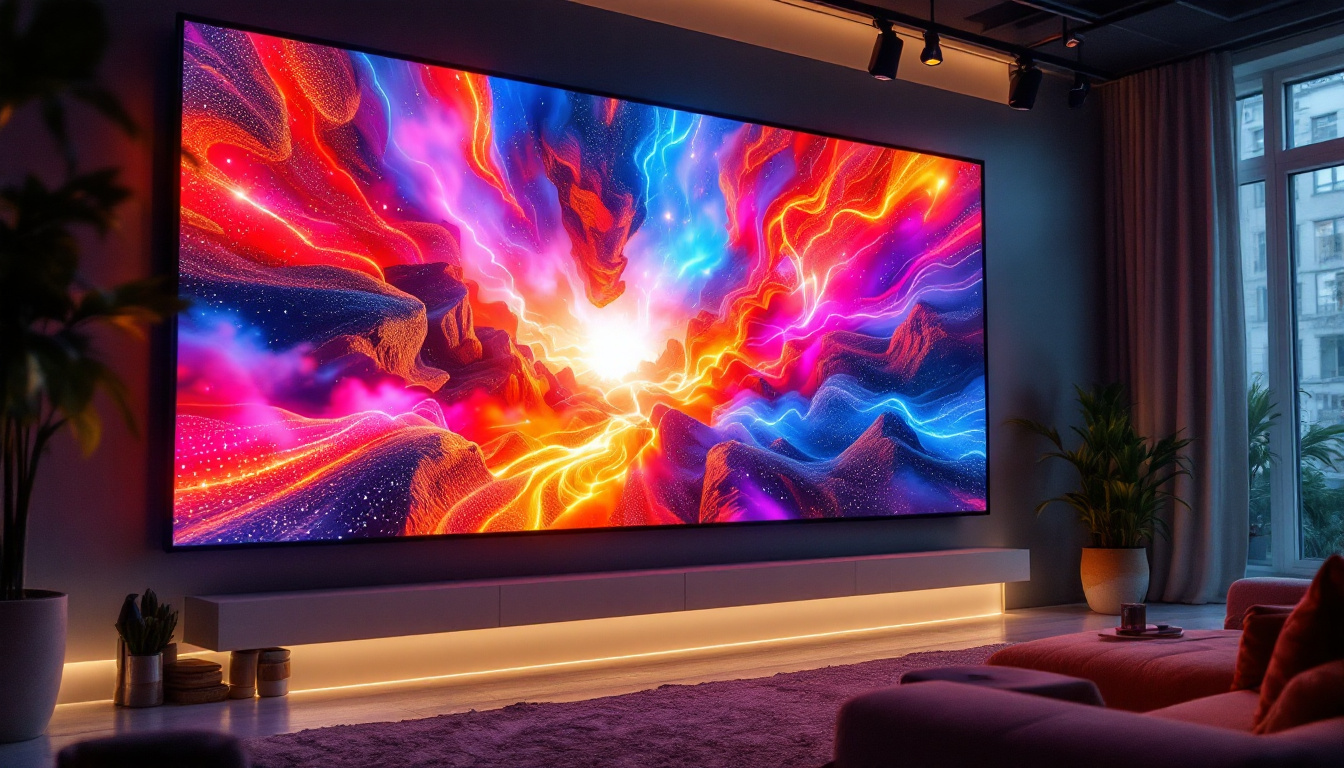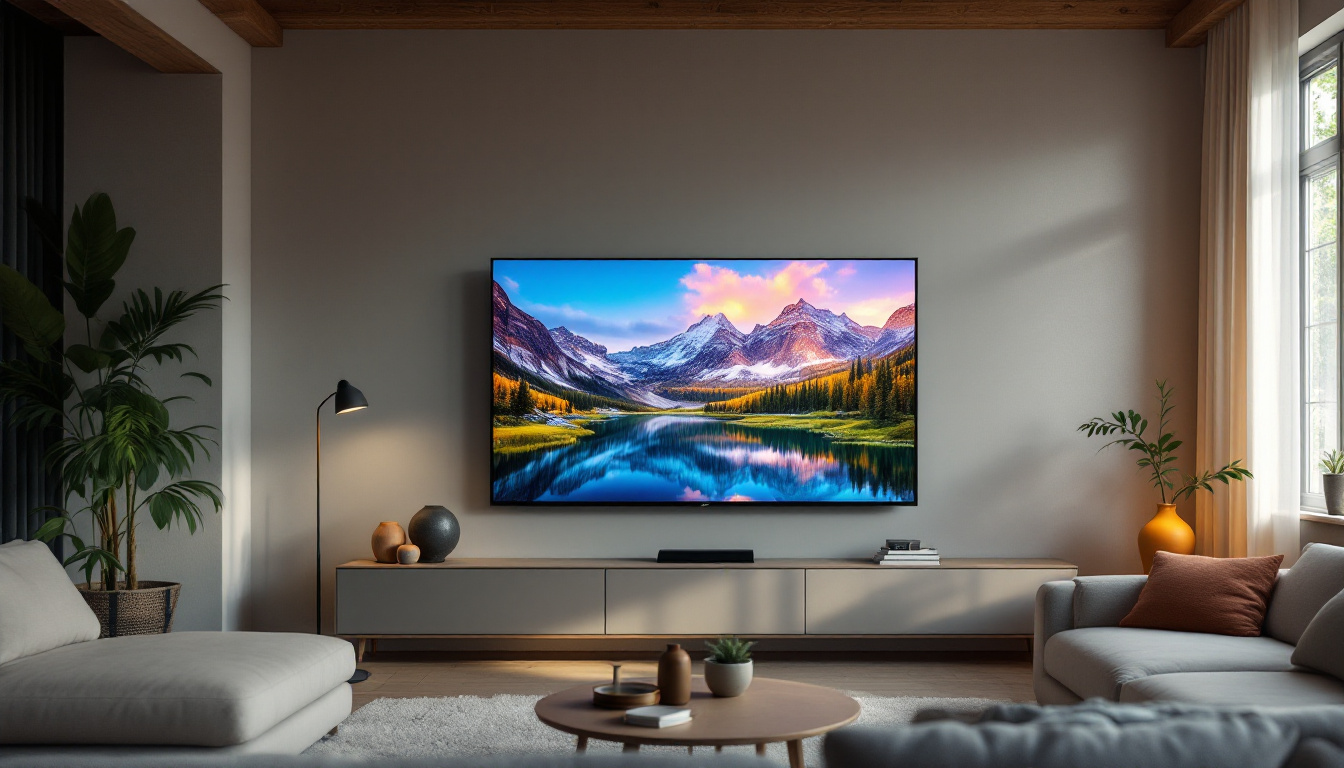In the competitive landscape of the restaurant industry, creating an engaging atmosphere is paramount. One of the most effective ways to achieve this is through the use of LED screens. These displays can enhance the dining experience, promote menu items, and even provide entertainment. This article delves into the various aspects of LED screens for restaurants, exploring their benefits, applications, and considerations for implementation.
Understanding LED Technology
LED, or Light Emitting Diode, technology has revolutionized the way visual content is displayed. Unlike traditional screens, LED displays are known for their brightness, energy efficiency, and longevity. This section will explore the fundamental principles of LED technology and how it applies to restaurant settings.
What is an LED Display?
An LED display is a flat panel display that uses an array of light-emitting diodes to produce images. These displays can vary in size and resolution, making them suitable for a wide range of applications. In restaurants, they can be used for digital menus, promotional content, or even live feeds of events.
The technology behind LED displays allows for vibrant colors and high contrast ratios, which can significantly enhance the visual appeal of any content displayed. This is particularly important in a restaurant setting, where the ambiance plays a crucial role in customer satisfaction. The ability to adjust brightness and color temperature means that LED displays can create a warm, inviting atmosphere during dinner service or a lively, energetic vibe during lunch hours.
Types of LED Displays
There are several types of LED displays available, each designed for specific applications. The most common types include:
- Indoor LED Displays: These are typically used for menus, promotional content, and entertainment within the restaurant. They are designed to be viewed from a close distance and offer high resolution.
- Outdoor LED Displays: These are larger and built to withstand the elements. They are often used for advertising and attracting foot traffic.
- Transparent LED Displays: These innovative displays allow for visibility through the screen while still presenting content. They are ideal for showcasing products in a visually appealing way.
Additionally, LED displays can be categorized based on their pixel pitch, which refers to the distance between the centers of two adjacent pixels. A smaller pixel pitch results in higher resolution and is ideal for indoor applications where viewers are closer to the screen. Conversely, larger pixel pitches are more suitable for outdoor displays, where viewers are typically at a greater distance. This versatility allows restaurants to choose the right type of display that aligns with their specific needs, whether it’s to enhance the dining experience or to effectively promote special offers to passersby.
Moreover, the integration of LED technology with smart systems has opened up new possibilities for restaurant management. For instance, LED displays can be connected to a restaurant’s point-of-sale system, allowing for real-time updates to menus and promotions based on inventory levels or customer preferences. This not only streamlines operations but also ensures that customers are always presented with the most current information, thereby enhancing their overall dining experience.
The Benefits of Using LED Screens in Restaurants
Incorporating LED screens into a restaurant’s design can provide numerous advantages. From enhancing customer engagement to improving operational efficiency, the benefits of LED displays are manifold.
Enhanced Customer Experience
One of the primary benefits of LED screens is their ability to create an immersive dining experience. By displaying vibrant images and videos, restaurants can engage customers visually, making the atmosphere more lively and inviting. For instance, showing high-quality images of menu items can entice guests to try new dishes.
Moreover, LED screens can also be used to display customer testimonials, social media feeds, or even live events, which can enhance the overall dining experience. This interactivity can lead to increased customer satisfaction and loyalty.
Dynamic Menu Display
Traditional printed menus can become outdated quickly, requiring constant reprinting and distribution. LED screens allow for dynamic menu displays that can be updated in real-time. Restaurants can easily modify their offerings based on availability, seasonal changes, or promotional events.
This flexibility not only saves time and resources but also allows restaurants to respond to customer preferences more effectively. For example, if a particular dish is selling well, it can be highlighted on the screen to attract more attention.
Cost-Effectiveness and Energy Efficiency
While the initial investment in LED technology can be significant, the long-term savings are substantial. LED displays consume less energy compared to traditional screens and are known for their durability. This means lower electricity bills and reduced maintenance costs over time.
Additionally, the ability to update content digitally eliminates the need for printing materials, further reducing operational costs. Over time, these savings can offset the initial expenditure, making LED screens a wise investment for restaurants.
Applications of LED Screens in Restaurants
LED screens can be utilized in various ways within a restaurant setting. Their versatility allows for creative applications that can enhance both the dining experience and operational efficiency.
Digital Menu Boards
Digital menu boards are perhaps the most common application of LED technology in restaurants. These displays can showcase the menu items, prices, and even nutritional information in a visually appealing manner. The use of high-quality images and animations can attract customers’ attention and encourage them to make purchases.
Furthermore, digital menu boards can be programmed to change based on the time of day, highlighting breakfast items in the morning and dinner specials in the evening. This adaptability ensures that the menu remains relevant and engaging throughout the day.
Promotional Displays
LED screens can also serve as effective promotional tools. Restaurants can use these displays to advertise special offers, events, or new menu items. By capturing the attention of diners with eye-catching visuals, restaurants can drive sales and increase customer engagement.
For instance, a restaurant might display a limited-time offer for a popular dish, encouraging customers to try it before it’s gone. This sense of urgency can significantly boost sales and enhance the overall dining experience.
Entertainment and Ambiance
In addition to practical applications, LED screens can also contribute to the ambiance of a restaurant. Many establishments use screens to display ambient visuals, such as nature scenes or artistic videos, creating a relaxed atmosphere for diners.
Moreover, restaurants can also utilize LED screens for entertainment purposes, such as broadcasting live sports events or music videos. This can attract a crowd and encourage patrons to stay longer, ultimately increasing revenue.
Considerations for Implementing LED Screens
While the benefits of LED screens are clear, there are several considerations to keep in mind when implementing this technology in a restaurant setting. Understanding these factors can help ensure a successful integration.
Location and Placement
The placement of LED screens is crucial for maximizing their impact. Screens should be positioned where they are easily visible to diners without obstructing the flow of the restaurant. Strategic placement can enhance visibility and engagement while maintaining a comfortable dining environment.
For example, placing digital menu boards near the entrance can attract customers as they walk in, while promotional displays can be positioned near the checkout area to encourage impulse purchases.
Content Management
Effective content management is essential for ensuring that the information displayed on LED screens remains relevant and engaging. Restaurants should invest in content management systems that allow for easy updates and scheduling of content.
Regularly updating content not only keeps the menu fresh but also allows for seasonal promotions and events to be highlighted. This dynamic approach can keep customers coming back to see what’s new.
Budget and ROI
Before investing in LED screens, it is important for restaurant owners to establish a clear budget and understand the potential return on investment (ROI). While the initial costs can be high, the long-term savings and increased sales can make LED displays a financially sound decision.
Conducting a cost-benefit analysis can help restaurant owners determine the best type of LED display for their needs and how to maximize its use. This strategic approach can lead to a successful implementation that enhances both the customer experience and the bottom line.
Future Trends in LED Technology for Restaurants
As technology continues to evolve, so too do the possibilities for LED screens in the restaurant industry. Keeping an eye on emerging trends can help restaurants stay ahead of the curve and maintain a competitive edge.
Interactive Displays
One of the most exciting trends in LED technology is the rise of interactive displays. These screens allow customers to engage with the content directly, such as placing orders or customizing menu items through touch interfaces.
Interactive displays can enhance the dining experience by providing a sense of control and personalization for customers. This technology can also streamline the ordering process, reducing wait times and improving overall efficiency.
Integration with Mobile Technology
Another trend is the integration of LED screens with mobile technology. Restaurants can leverage mobile apps to allow customers to view menus, place orders, and even pay their bills directly from their smartphones.
By connecting mobile technology with LED displays, restaurants can create a seamless and convenient experience for diners. This integration not only enhances customer satisfaction but also provides valuable data for restaurants to analyze customer preferences and behaviors.
Sustainability and Eco-Friendly Solutions
As sustainability becomes increasingly important in the restaurant industry, LED technology is evolving to meet these demands. Many manufacturers are focusing on creating eco-friendly LED displays that use sustainable materials and energy-efficient designs.
Restaurants can benefit from these sustainable solutions by reducing their environmental impact while also appealing to eco-conscious consumers. This commitment to sustainability can enhance a restaurant’s brand image and attract a loyal customer base.
Conclusion
Incorporating LED screens into a restaurant’s design offers numerous benefits, from enhancing customer experiences to improving operational efficiency. As technology continues to evolve, the potential applications for LED displays are vast and varied.
By understanding the advantages, applications, and considerations of LED technology, restaurant owners can make informed decisions that will not only elevate their dining experience but also contribute to their overall success in the competitive restaurant landscape. Embracing this technology is not just a trend; it is an investment in the future of the dining experience.
Discover LumenMatrix LED Display Solutions
Ready to transform your restaurant with the latest in LED display technology? Look no further than LumenMatrix, where innovation meets visual brilliance. Our comprehensive range of LED display modules, from Indoor and Outdoor LED Walls to Custom and Transparent Displays, is designed to captivate your customers and elevate your brand’s presence. Embrace the future of dining and entertainment with LumenMatrix’s cutting-edge solutions. Check out LumenMatrix LED Display Solutions today and start creating unforgettable visual experiences for your patrons.

